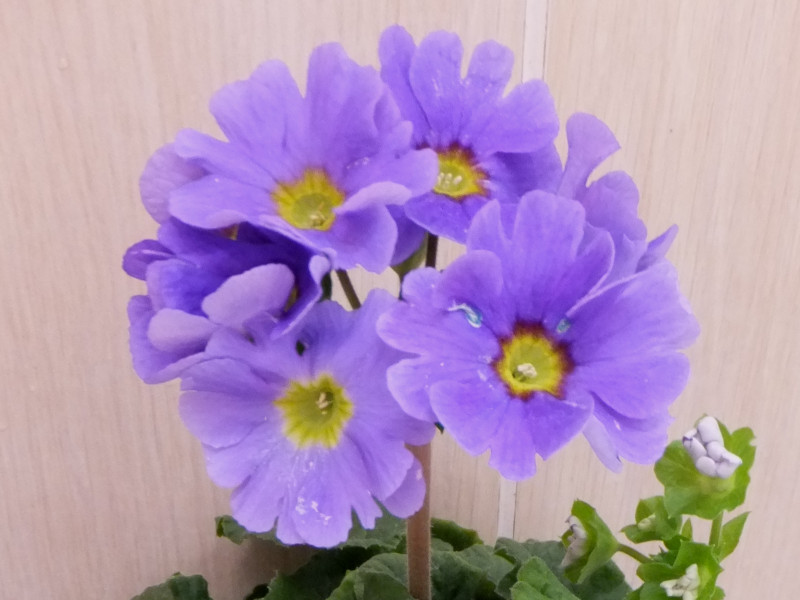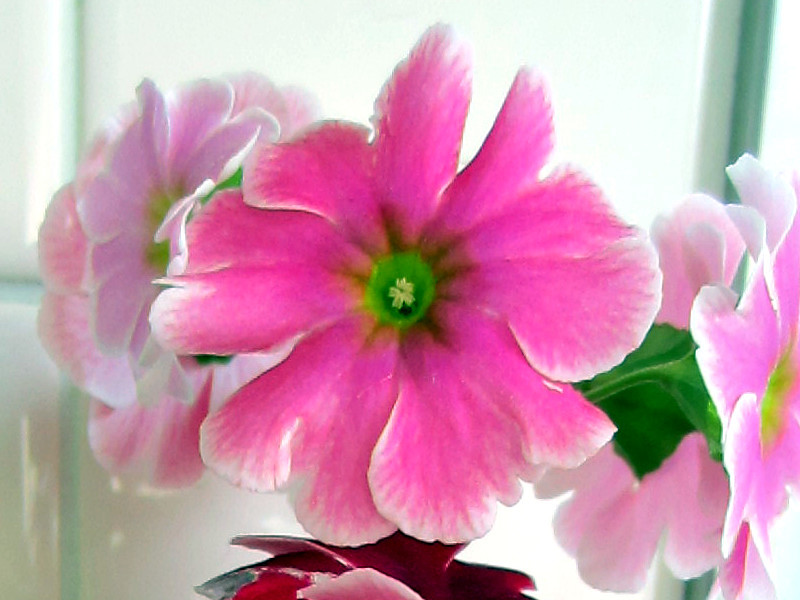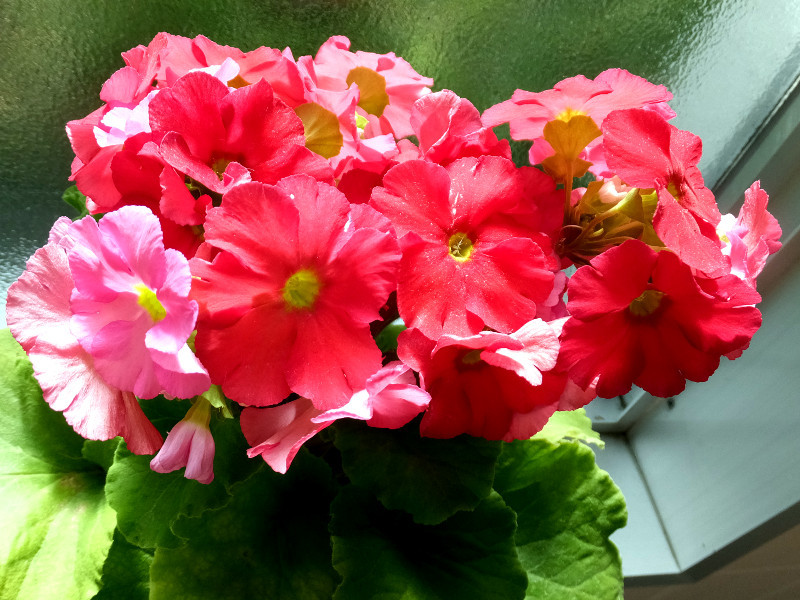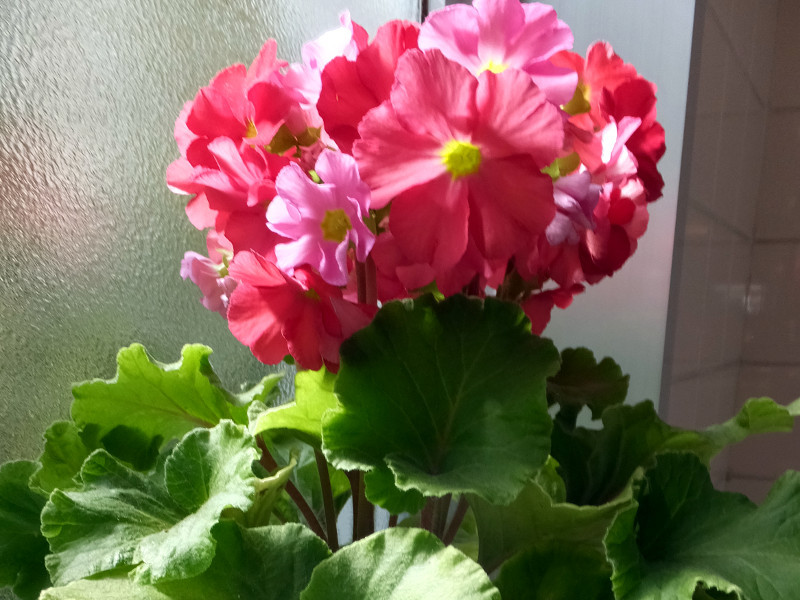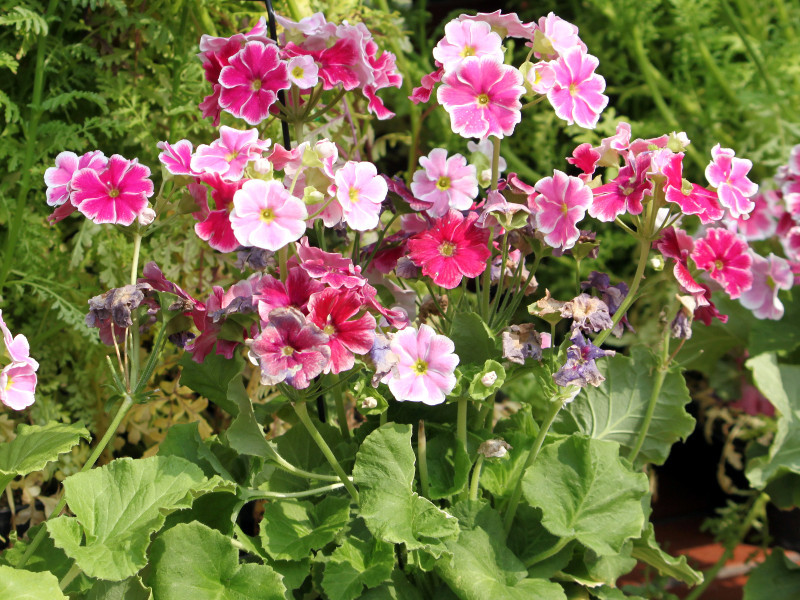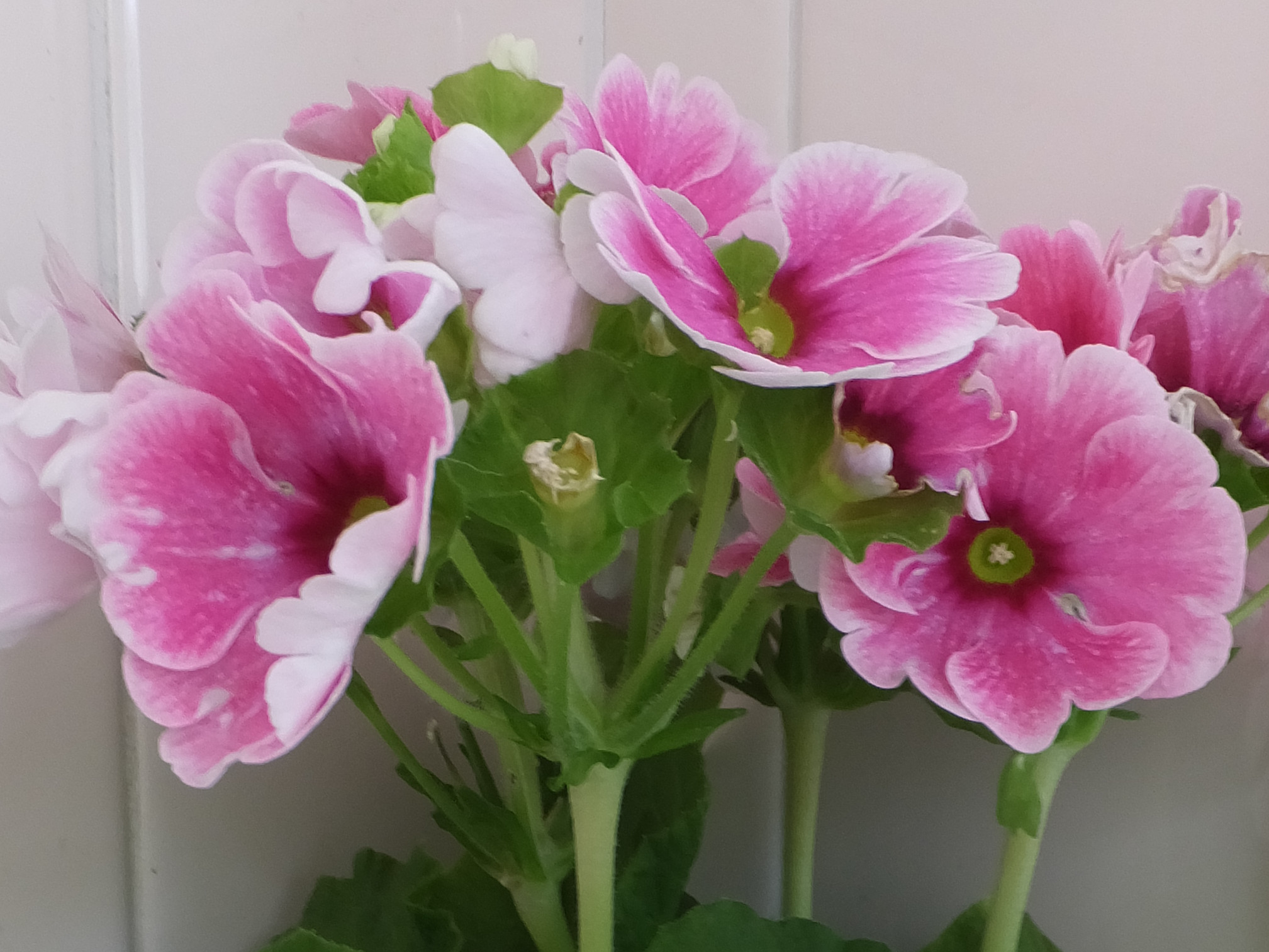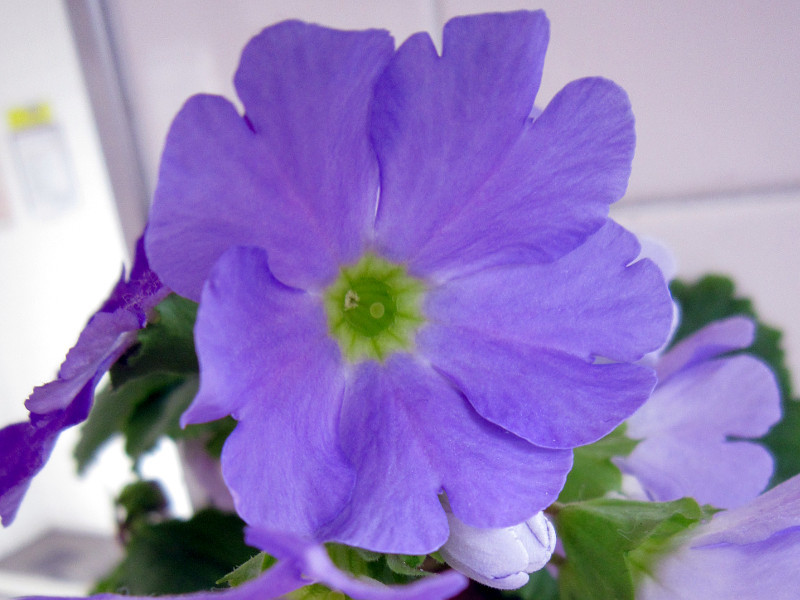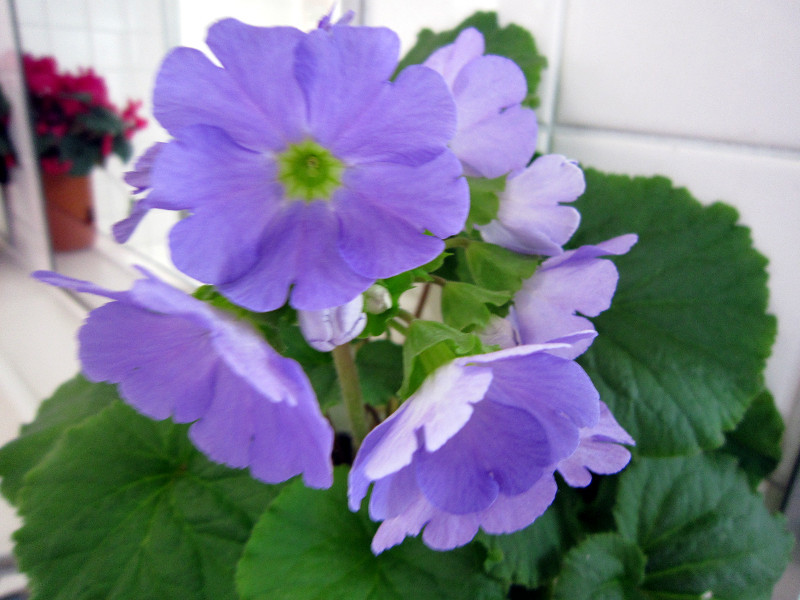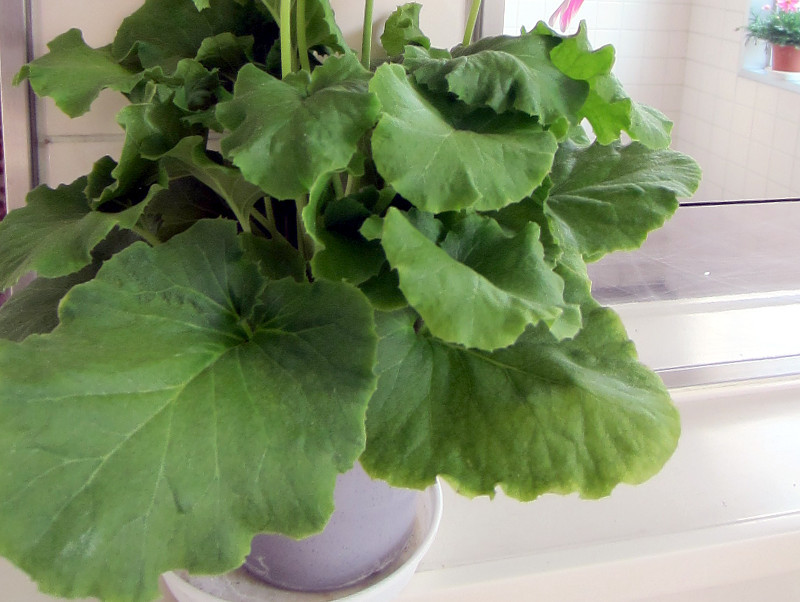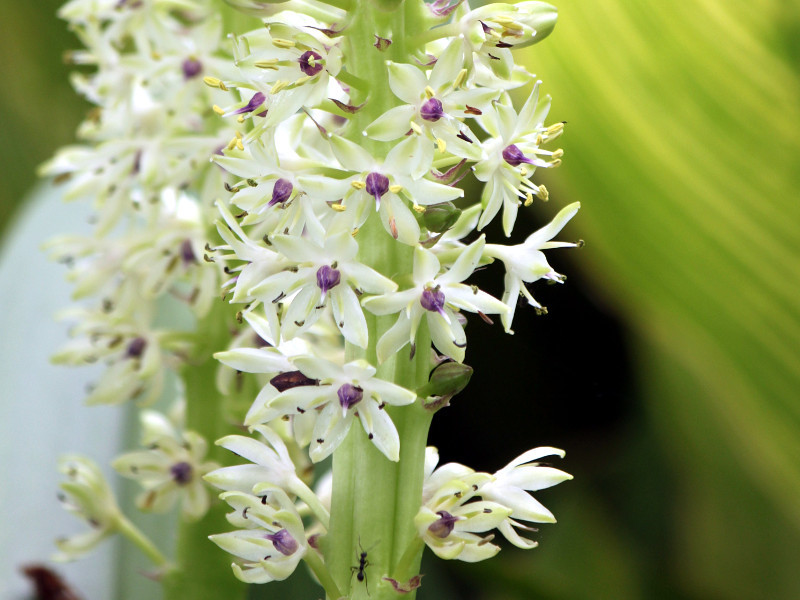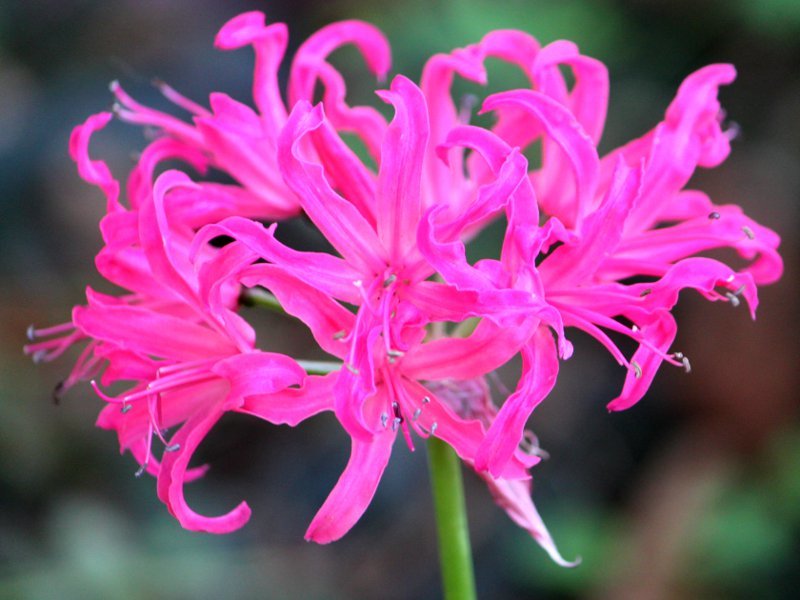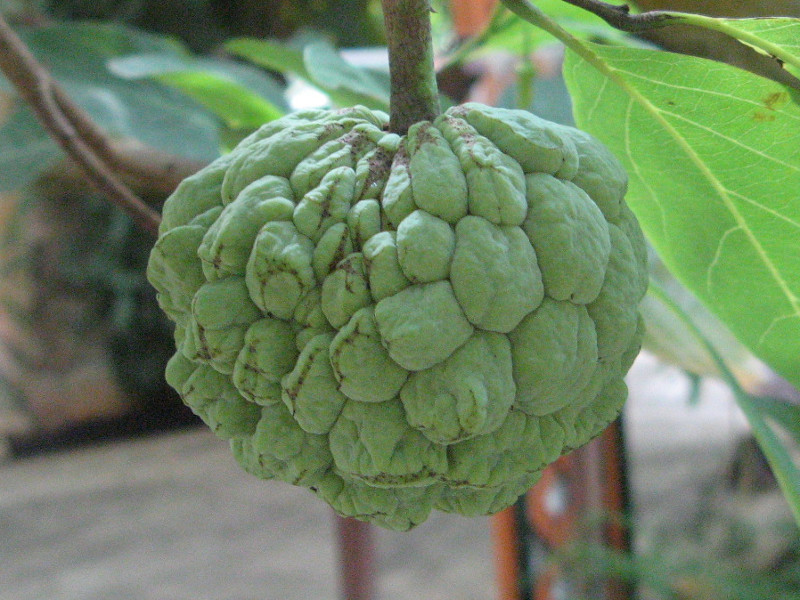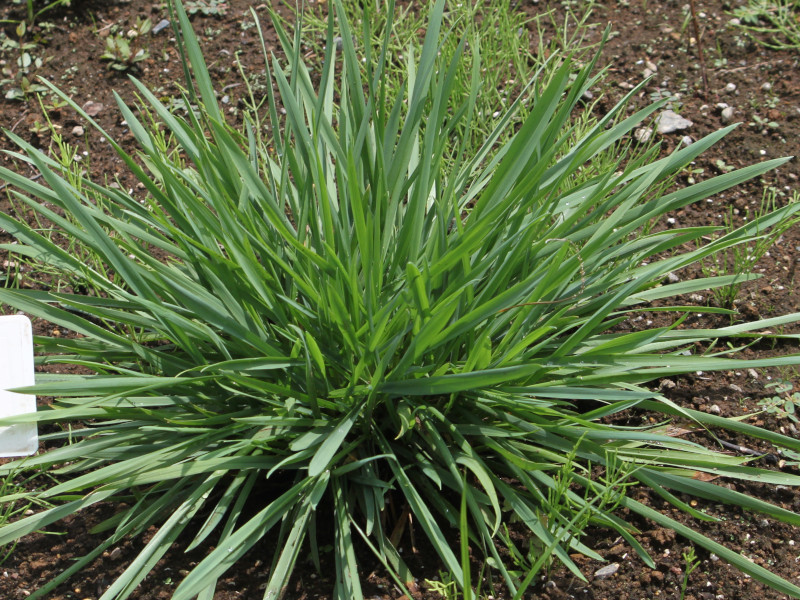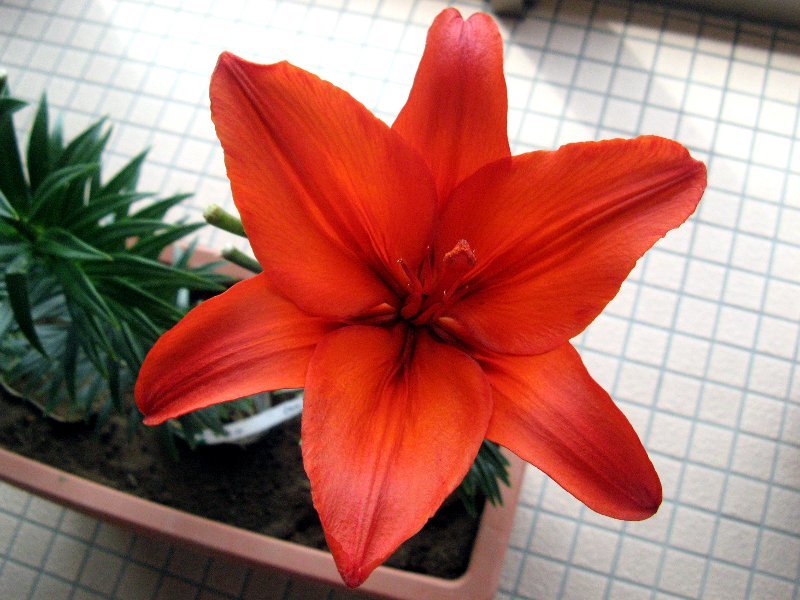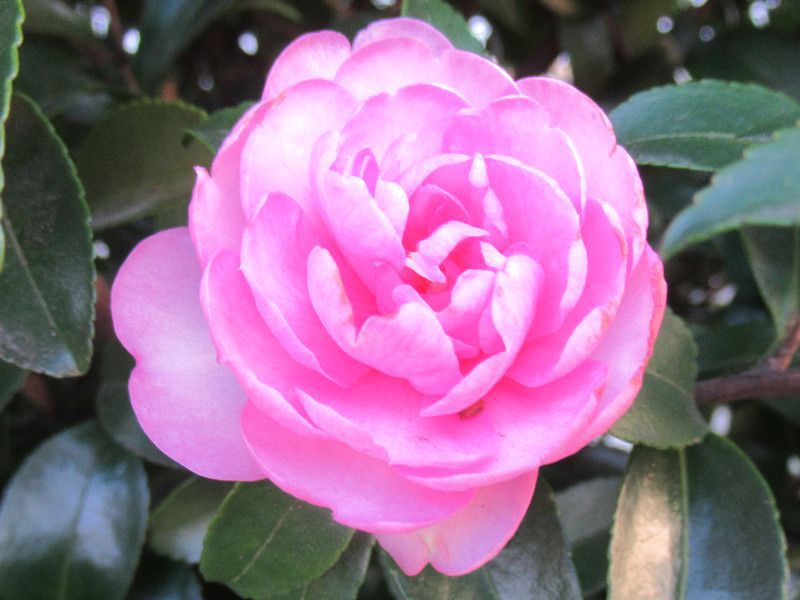Primula obconica
- Flower namePrimula obconica
- Scientific namePrimula obconica
- Aliasトキワザクラ, シキザキサクラソウ, 四季咲き桜草, 常磐桜, プリムラ, Primula, オブコニカ, obconica
- Place of origingardening variety , (Western China, Himalaya)
- Place of floweringGarden, Park, Horticultural species, Potted flower
- Flowering seasonJanuary, February, March, April, December
- Language of flowersA modest man
What is Primula obconica
Primulas are listed in the "Primulas" section. Primula obconica, introduced here, is one of the representative primula varieties.
Primula obconica (scientific name: Primula obconica) is a gardening variety of "Primula" which is native to western China and the Himalayas and belongs to the family Primulaceae. It produces pastel-colored flowers in early spring. It is an evergreen perennial, but in Japan it is treated as an annual because it is sensitive to heat. The plant is 20 to 40 cm tall. The leaves have long petioles, and the basal leaves are ovate with large creases. The leaves are 3-14 cm long and 3-10 cm wide. The flower stalks are longer than those of other primulas. The flowers are produced from the tip of the stem in inflorescences, and the flowers, which are larger than those of other primulas, are produced in large numbers. The corolla has five lobes, and the tip of the corolla has two lobes. Its weak points are its susceptibility to cold and the fact that the cilia on the underside of the leaves contain priminic acid, which can cause hand rash in some people. A primineless variety called 'Touch Me' has now been developed. It is one of the representative garden varieties of Primula along with Primula polyantha (scientific name: Primula polyantha).
Common name: Primula obconica, Scientific name: Primula obconica, Place of origin. Horticultural species, the original species is from western China to the Himalayas, Form: evergreen perennial herb/annual in Japan, Height: 20-40 cm, Leaf color: green, Leaf shape: ovate, Leaf length: 3-14 cm, Leaf width: 3-10 cm, Leaf margin: toothed, Stem length: 10-20 cm, Inflorescence shape: panicles, Small flower diameter: 3-6 cm, Flowering season: December - April, Flower color: red, pink, white, blue, purple, compound color, Uses: potted plant Uses: potted, garden plantings, containers, hanging baskets, flower beds, gardens, parks.
